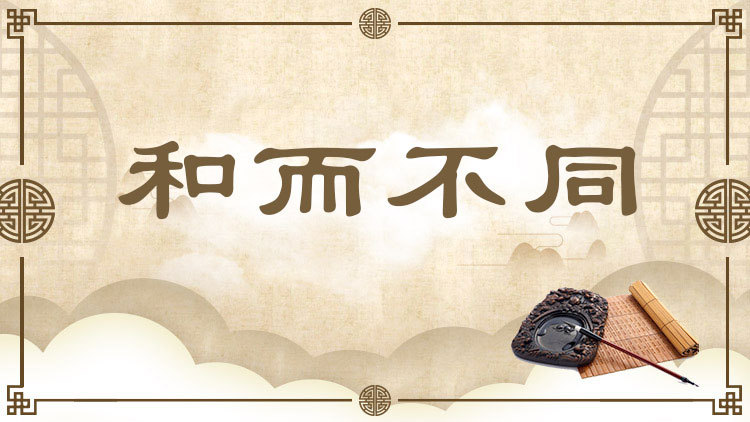和而不同
Harmony But Not Uniformity

在尊重事物差异性和多样性的基础上实现整体的和谐共存。“同”与“和”是对待、安顿社会群体的两种态度。“同”指对事物差异性的抹杀,“和”则意味着对事物差异性的保存与尊重。不同的事物彼此间相互辅助、补充,才能组成一个充满生机、富于创造性的和谐整体。
The term means achieving overall harmonious co-existence on the basis of respecting differences and diversity. Uniformity and harmony are two different attitudes to treating and accommodating social groups. Uniformity means obliterating differences in everything while harmony is to keep and respect the differences. Allowing different things to complement and supplement each other will create a harmonious whole full of vitality and creativity.
引例 Citations:
◎夫和实生物,同则不继。(《国语·郑语》)
不同的事物相互配合而生成新的事物,只有相同的事物则难以有延续。
Harmony begets new things; while uniformity does not lead to continuation. (Discourses on Governance of the States)
◎君子和而不同,小人同而不和。(《论语·子路》)
君子与人和谐相处却不会盲目附和,小人盲目附和而不能真正和谐相处。
A man of virtue pursues harmony but does not seek uniformity; a petty man seeks uniformity but does not pursue harmony. (The Analects)
推荐:教育部 国家语委
供稿:北京外国语大学 外语教学与研究出版社
责任编辑:钱耐安





